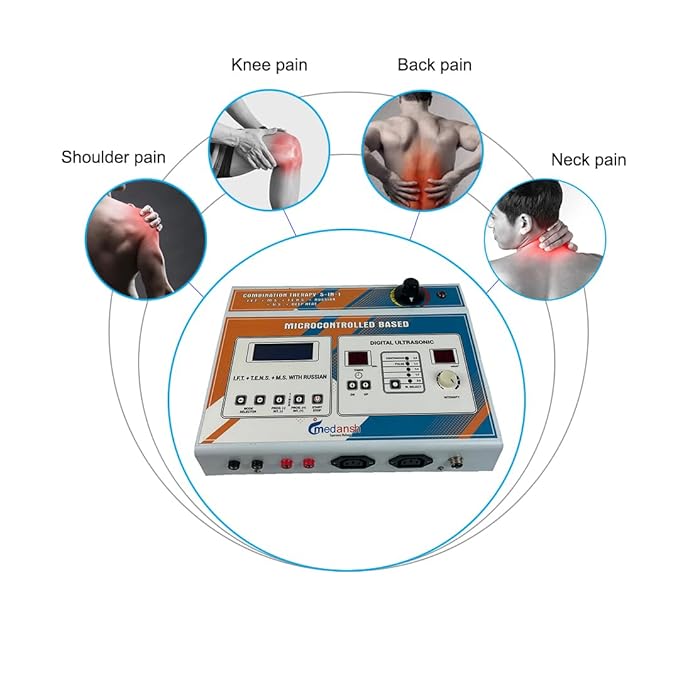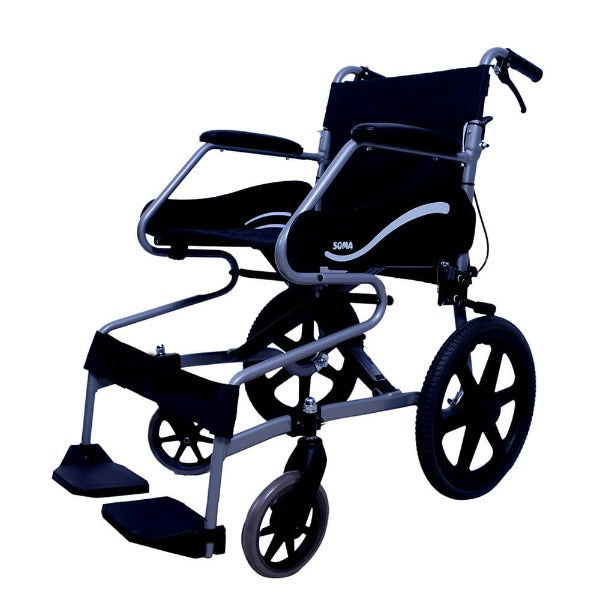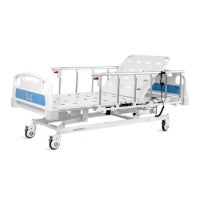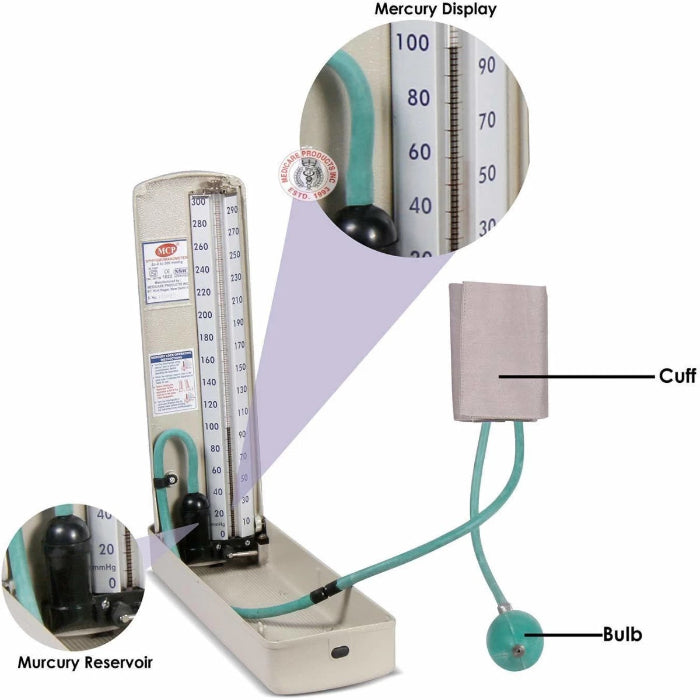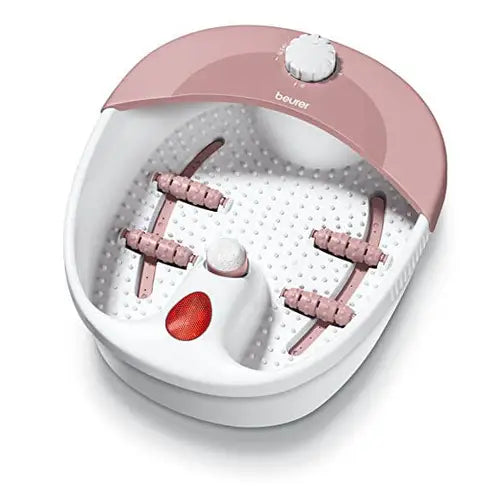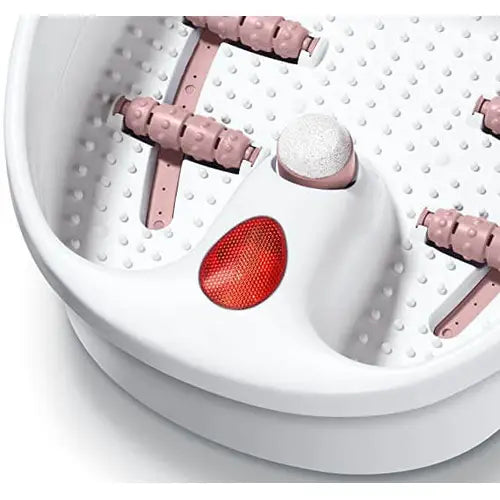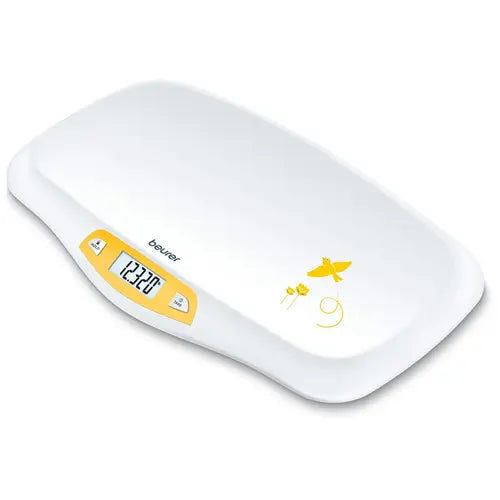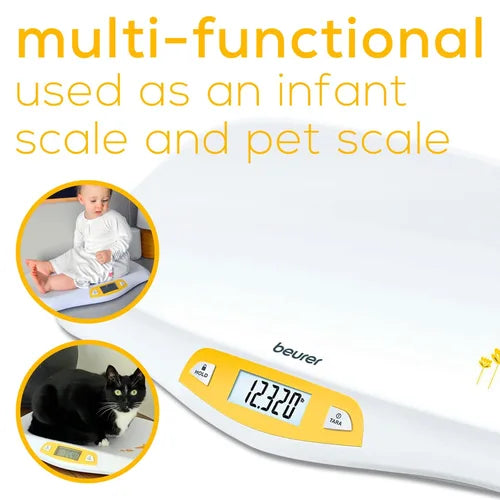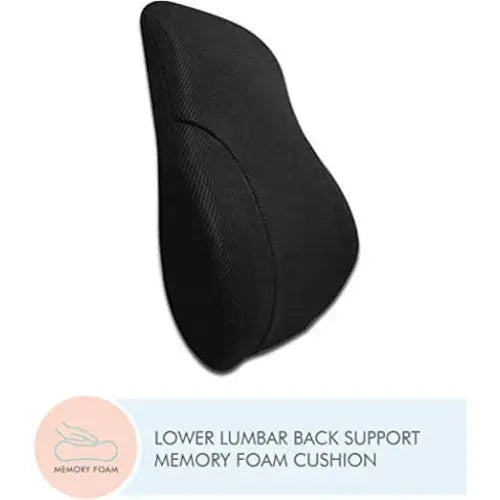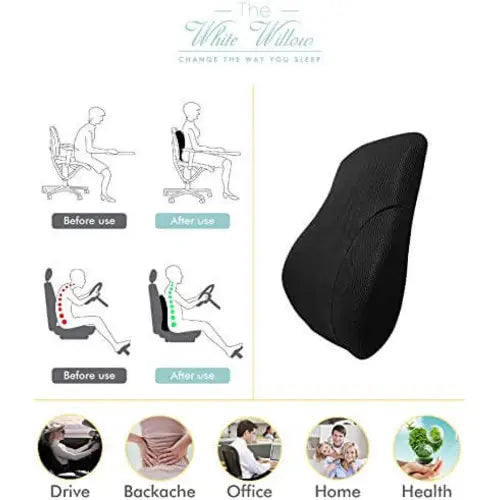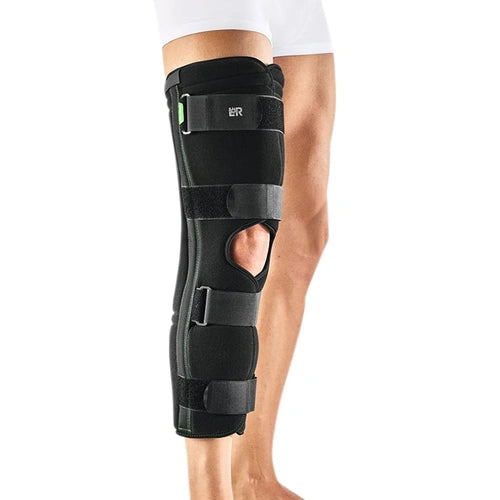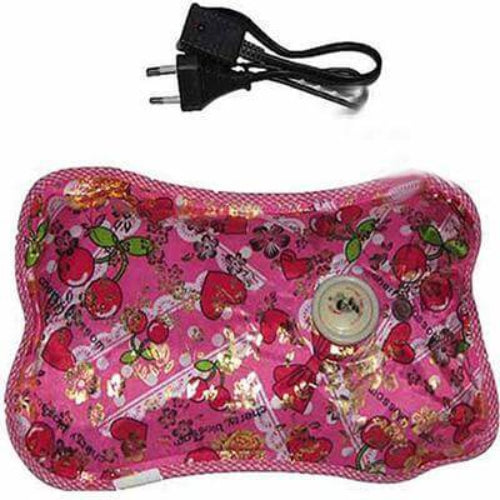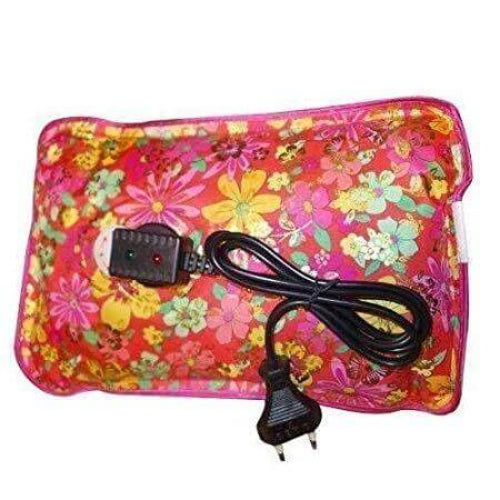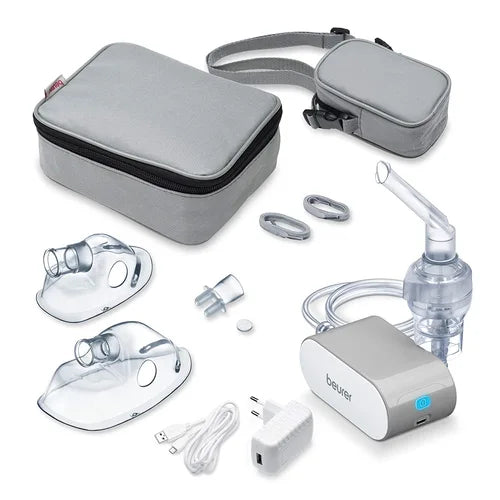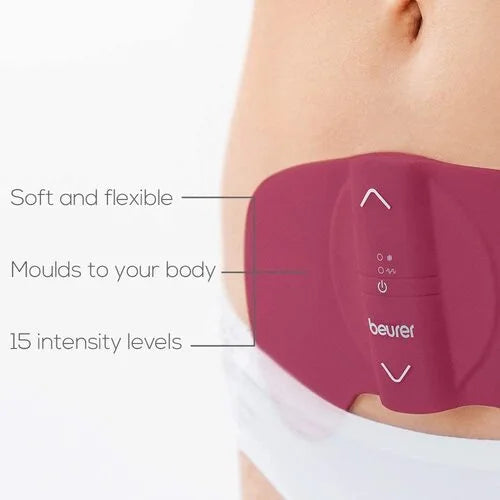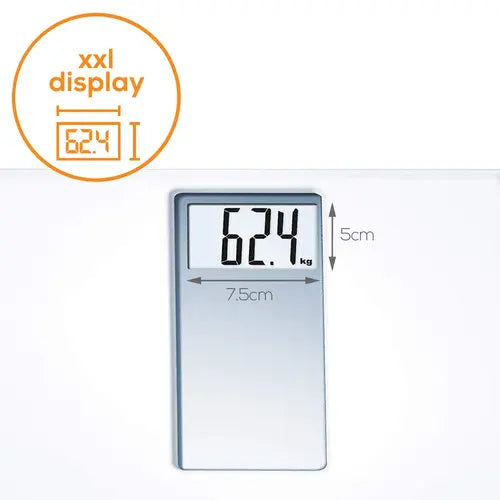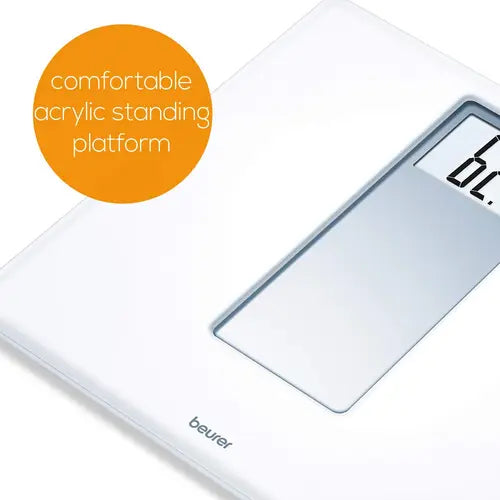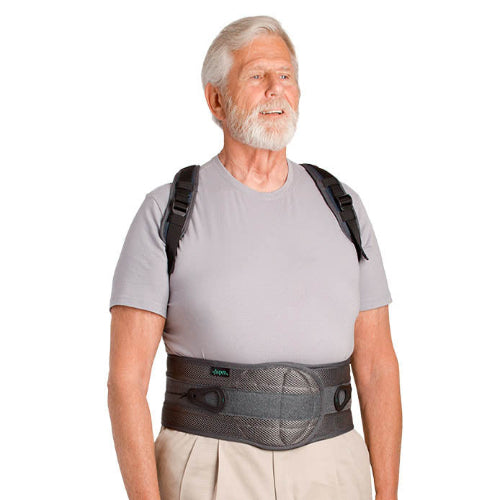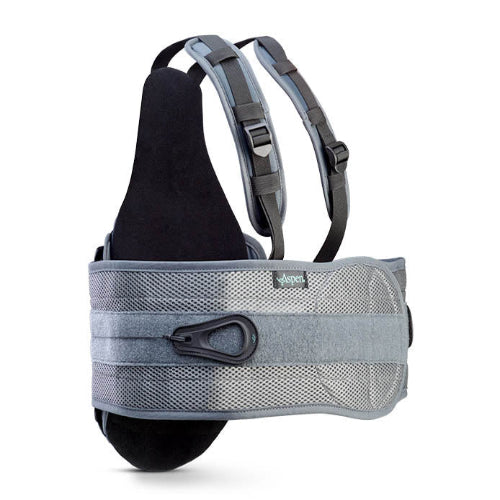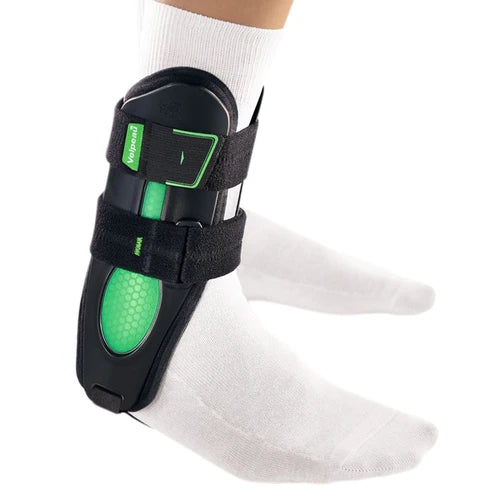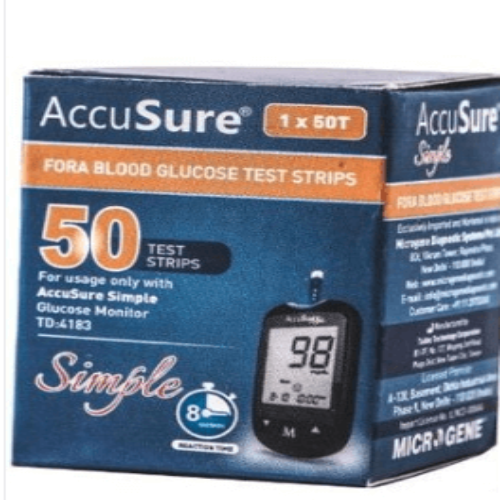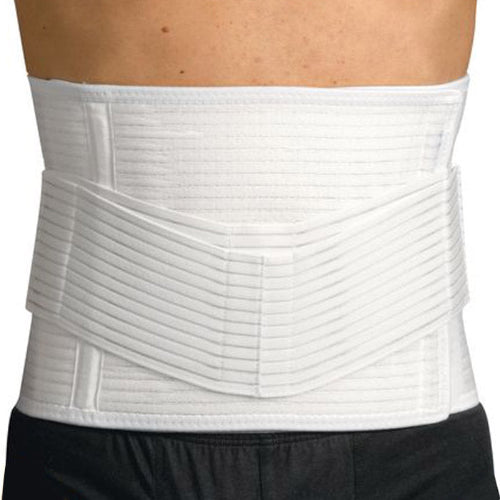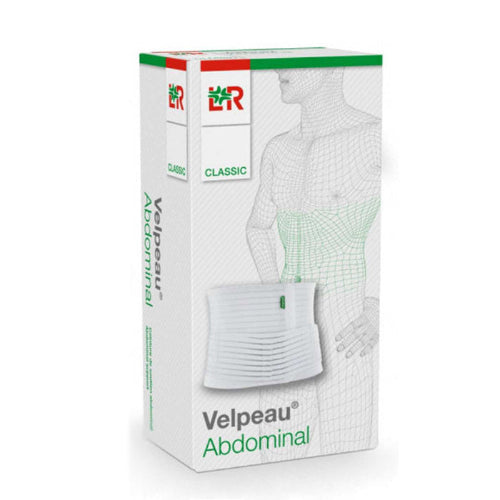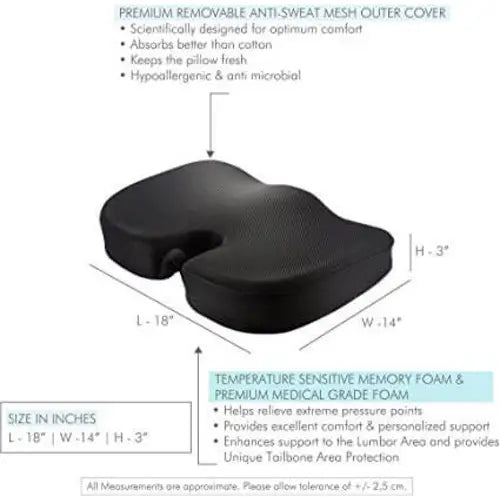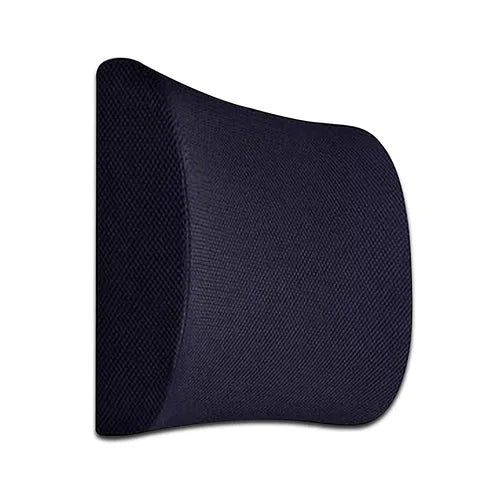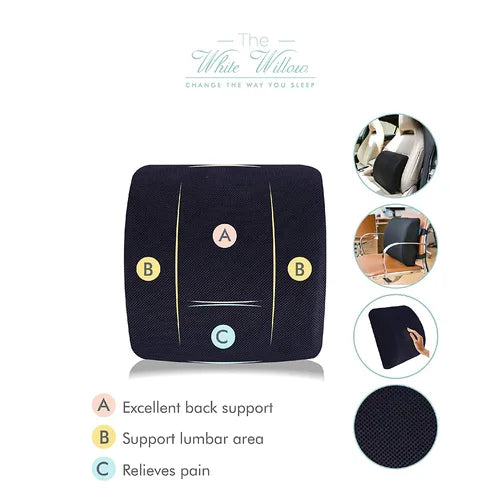Filter
71 products
Type: Personal Care
Beurer Foot Bubble Bath FB21
Type: Personal Care
Beurer Digital Baby Scale with Reliable German Technology
Type: Posture Corrector
Coccyx Gel Cushion for Coccydania Tail Bone Sciatica Back Pain Releif by Viaggi
Type: Posture Corrector
Lumbar Full Back Support Memory Foam Backrest Cushion - Back Support & Pain Relief
Type: Orthopedic Supports
Knee Immobiliser Genucast 0 Degree from Velpeau France
Type: Personal Care
Hot Warm Bag Premium
Type: Home Healthcare
Beurer Nebulizer with 0.25 ml per min capacity and German Technology
Type: Personal Care
Beurer EM50 Menstrual Relax TENS and Heat for Natural Menstrual Pain Relief
Type: Personal Care
Beurer Acrylic Electronic Bathroom Scales with Extra Large Display
Type: Posture Products
Aspen OTS TLSO 457 Thoracolumbar Support
Type: Orthopedic Supports
Ankle Brace Freecast Adjust Universal Size from Velpeau France
Type: Home Healthcare
AccuSure Simple 50 Test Strips
Type: Orthopedic Supports
Abdominal Support Belt Classic from Velpeau France
Type: Posture Care
Coccyx Seat Cushion Memory Foam for Tailbone Pain Relief
Type: Posture Corrector
Lumbar Support Memory Foam Backrest Cushion
Collection:
Pharmacy Aids
Pharmacy Aids
Pharmacy aids are specialized tools that help hospital and clinic pharmacies handle medicines safely and efficiently. They range from simple counting trays to advanced electronic pill counters. These devices streamline daily tasks like counting tablets, labeling, and organizing medications. As a result, they save time and reduce human errors. Moreover, pharmacy aids improve patient safety because accurate dispensing means patients get the right dose every time. In India, busy pharmacy teams rely on such aids to manage high prescription volumes with confidence. Many such tools are available in our Pharmacy Aids collection on MeddeyGo. Overall, pharmacy aids make workflows faster, safer, and more reliable, benefiting both healthcare professionals and patients.
Who It’s For
Pharmacy aids are useful for hospital administrators, pharmacy managers, and clinical staff responsible for medication dispensing. These tools benefit anyone involved in managing a pharmacy’s inventory and ensuring accurate medicine distribution. Additionally, biomedical engineers and purchase teams consider pharmacy aids when equipping new facilities or upgrading existing ones. The devices suit large hospital pharmacies handling hundreds of prescriptions a day, as well as smaller clinics aiming to minimize errors and improve efficiency. In short, pharmacy aids are for any healthcare setting that dispenses medication and values safety and efficiency.
Key Benefits of Pharmacy Aids
- Boosts dispensing accuracy, in turn reducing the risk of giving out the wrong medication.
- Streamlines pharmacy workflows, therefore significantly speeding up service during peak hours.
- Enhances inventory tracking, thereby minimizing stockouts and costly expired medicine losses.
- Saves staff time, consequently allowing pharmacists to focus more on patient counseling.
- Improves medication safety, ultimately preventing dangerous dispensing errors and dosage mistakes.
- Supports compliance with protocols, hence ensuring consistent procedures and proper documentation.
- Reduces physical strain, meanwhile cutting down tedious repetitive manual counting tasks.
- Enables quick audits, as a result simplifying record keeping and stock verification.
- Standardizes dispensing process, thus reducing variability in how different staff handle medications.
Product Mapping
| Product Type | Use Case | Key Parameters | Warranty / Guarantee | Install / Training Required | EMI / Payment Options | Consumables / Maintenance |
|---|---|---|---|---|---|---|
| Automatic Pill Counter Machine | Quickly counts large volumes of pills or capsules electronically | ~500 pills/min, ~99% accuracy, digital display | 1 year warranty | Plug-and-play; basic user training included | EMI & COD available | No consumables; routine cleaning only |
| Manual Tablet Counting Tray | Helps staff count tablets efficiently using marked tray | Capacity ~100 pills, counting spatula included | NA (simple tool) | No installation; no training required | COD available | No consumables; clean after use |
| Medication Dispensing Trolley | Organizes and transports medicines across wards or pharmacy | 3-tier design, stainless steel, lockable drawers | 1 year warranty | Minimal assembly; quick orientation | EMI & COD available | No consumables; check wheels/latches periodically |
| Smart Medicine Cabinet | Securely stores and logs medicine dispensing with IoT tracking | Digital lock, temperature control, real-time inventory alerts | 2 year warranty | Professional installation with advanced training | EMI & subscription plans available | Replace filter cartridge annually |
Features & Specs
Core Features:
- Fast counting speed (electronic units count hundreds of pills per minute)
- High accuracy sensors to prevent miscounts
- User-friendly interface with simple controls and display
- Sturdy construction for daily use in pharmacy environment
- Compact, countertop-friendly size for small spaces
- Easy to clean and sanitize surfaces
Technical Specifications:
- Counting speed: ~500 pills per minute (for electronic counter)
- Counting accuracy: ~99% per batch counted
- Hopper capacity: ~1000 pills in the machine
- Power supply: 220V AC (battery backup optional)
- Weight: ~5 kg (tabletop unit)
- Material: Medical-grade ABS plastic body
How to Use — Step by Step
- Read the user manual: Before first use, read the product manual for instructions and safety guidelines.
- Place the unit on a stable counter: Ensure the pill counter sits on a flat, level surface near a power outlet.
- Power on the device: Switch on the machine and let it complete any self-check or calibration routine.
- Select settings if needed: Choose the counting mode or enter the number of pills needed per batch (if the device allows).
- Load the medication: Pour the tablets or capsules into the hopper, being careful not to overfill beyond its capacity.
- Start the counting process: Press the start button to begin counting. The machine will quickly tally and dispense the set quantity into its output tray or container.
- Collect the counted pills: Once counting is finished, collect the dispensed pills from the tray for packing or labeling.
- Verify the count (optional): For new devices or critical medications, double-check the machine’s count with a quick manual count to ensure accuracy.
- Clean the machine after use: Turn off and unplug the device. Remove any powder or fragments from the hopper and chute using a soft brush as instructed in the manual.
Safety & Care
Using pharmacy aids correctly and maintaining them well is important for safety. Always follow the manufacturer’s instructions to avoid misuse. For example, do not overload electrical devices or bypass their safety features. Keeping equipment clean is crucial to prevent cross-contamination between different medicines. Moreover, proper care ensures these tools last longer and remain accurate over time.
Safety and Maintenance Tips:
- Clean devices after each use with a soft brush or cloth (avoid spilling liquids on electronic parts).
- Replace or clean any filters as recommended so dust and pill debris do not accumulate.
- Use only mild, non-corrosive cleaning agents to sanitize surfaces that contact medication.
- Store equipment in a dry, cool area when not in use to protect electronic components.
- Keep a manual backup tool (like a counting tray) available in case of power outages or device downtime.
Pricing & Value
Pharmacy aids can range in price from basic affordable tools to more expensive advanced machines. It is important to look beyond the upfront cost and consider the value over a three-year period. For example, an automated pill counter may have a higher initial price, but it pays off through labor hours saved and fewer medication errors. Additionally, many suppliers offer flexible payment options such as EMI (easy monthly installments) and COD, which help manage the expense for high-end equipment. When calculating the total cost of ownership, include any training time (most devices are simple to learn), spare parts or maintenance kits, power consumption, and potential downtime costs. Ultimately, the efficiency gains and error reduction over a few years often far outweigh the investment. In essence, pharmacy aids provide excellent value by improving workflow and patient safety, which saves money in the long run.
Procurement Checklist
- Clinical fit: Ensure the device matches your pharmacy’s needs and volume. (For example, a busy hospital pharmacy might need a faster, high-capacity machine, whereas a small clinic can use a basic model.)
- Performance: Check that the counting speed, accuracy, and capacity meet your daily workload requirements.
- Power requirements: Verify the electrical needs (voltage) and whether a battery backup or UPS is needed for uninterrupted use.
- Controls & interface: The device should have easy-to-use controls and a clear display so staff can learn it quickly.
- Infection control & cleaning: Surfaces should be easy to clean and disinfect. Consider if the device has antimicrobial surfaces or removable parts for sterilization.
- Consumables or canisters: Determine if the unit needs any consumables (like printer paper, cartridges, or filter canisters) and ensure those are readily available and affordable.
- Noise and weight: If the device will be moved or used near patient areas, check that it’s not too heavy to carry and that it operates quietly to avoid disturbing people.
- Compliance & warranty: Ensure the equipment meets relevant quality standards (like ISO certification or CE safety mark) and comes with a good warranty and service support.
Integration & Data Flow
In modern pharmacies, advanced devices can often integrate with digital systems. For example, an automated dispensing cabinet might connect to pharmacy management software via Wi-Fi or USB. Such integration allows the machine to save or send data (like the quantity of medication dispensed and the time) directly into the computer system. Therefore, each transaction can be matched to the correct prescription or patient ID automatically, reducing manual record-keeping. It is important that the device’s internal clock is synced with the hospital’s system time so that all timestamps are accurate. Additionally, if a network issue occurs, the device should be able to store the data temporarily and retry sending it (following built-in retry rules) to prevent any loss of information. In short, seamless integration ensures a smooth flow of data from the pharmacy aid into electronic health records and inventory logs.
FAQs
General Basics
What are pharmacy aids?
Pharmacy aids are tools that help staff manage medicines more safely and quickly. They include pill counters, counting trays, medication trolleys, and label printers. Therefore, they improve daily pharmacy workflows.
What are common types of pharmacy aids?
The most common pharmacy aids are pill counters (manual or automatic), medication trolleys, pill organizers, and label printers. Additionally, each one addresses a different task, such as counting or transporting medicines.
Device Operation
How do automatic pill counters work?
Automatic pill counters use sensors to detect each pill as it passes through. Consequently, they display an accurate count or dispense the set amount directly into a container.
How accurate are pill counting machines?
Most machines deliver 99% accuracy. Moreover, pharmacists can verify counts occasionally, especially for small pills, to ensure safety.
Can pill counters handle different pill sizes and shapes?
Yes, modern counters work with multiple sizes and shapes. In fact, they include adjustable settings to avoid jamming or miscounts.
Do I need an automatic pill counter or a manual tray?
Small clinics may manage with trays. However, busy pharmacies benefit from automatic counters, since they are faster and more reliable.
Cost & Maintenance
How much do pharmacy aids cost in India?
Prices vary. Manual trays cost a few hundred rupees. Meanwhile, advanced machines can reach tens of thousands. Additionally, EMI and COD options make them affordable.
Are pharmacy aids easy to maintain?
Yes, they are low-maintenance. Manual trays need cleaning, while counters need dusting and occasional calibration. Therefore, following the manual ensures long-term accuracy.
Do these devices require calibration or training?
Basic tools need no calibration. However, electronic counters may require occasional calibration and short staff training, which suppliers usually provide.
Integration & Compliance
Can pharmacy aids integrate with software systems?
Some advanced devices connect with pharmacy software. As a result, they update inventory records automatically and reduce manual work.
Do pharmacy aids need regulatory approval?
Most tools are general equipment. However, advanced devices should ideally carry ISO or CE marks. In India, CDSCO registration applies only to certain classified medical devices.
Purchase & Manufacturer Details
What is the typical warranty and service support?
Most pharmacy aids carry a one-year warranty. Additionally, suppliers often provide service contracts and spare parts support.
Are EMI or COD options available?
Yes, many suppliers offer both EMI and COD. Therefore, even high-cost devices can be purchased conveniently.
Who is the manufacturer of this product?
Meddey Technologies Pvt Ltd, C-75, First Floor, DDA Sheds, Industrial Area, Phase 1, Okhla, New Delhi – 110020. Phone: +91 8586-012345. Country of Origin: India.


